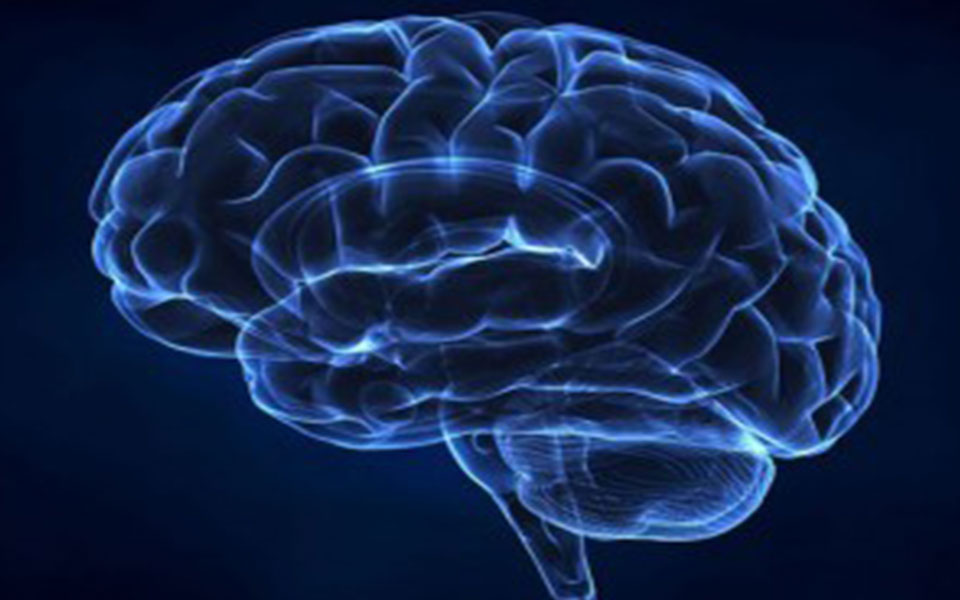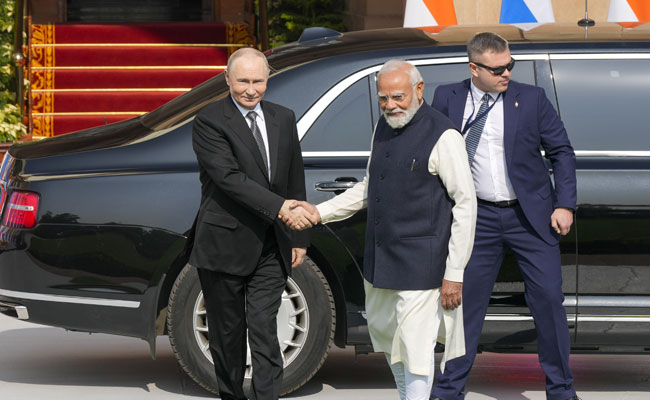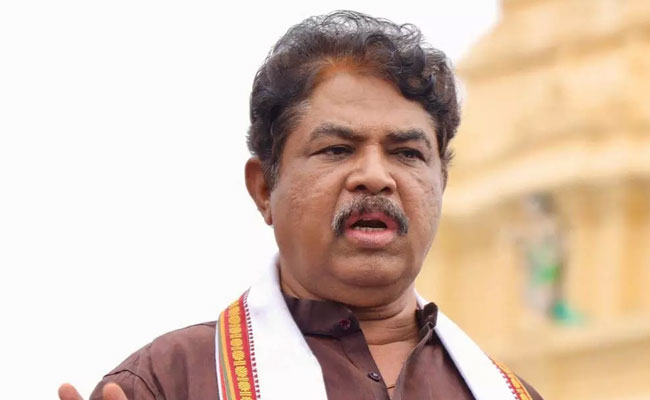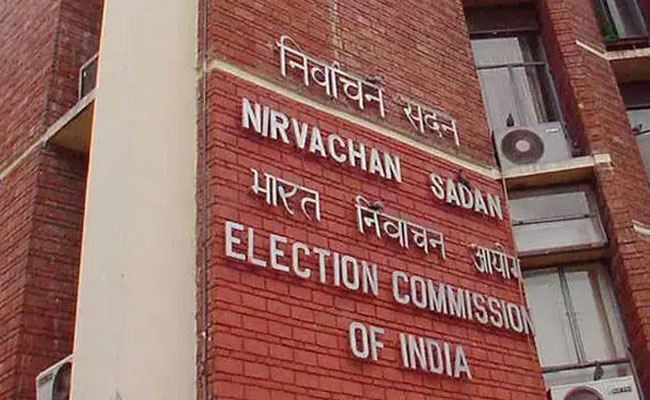New York, May 25: Brain areas that are traditionally not associated with learning science can become active when people are confronted with solving physics problems, finds a study.
This shows that the brain's activity can be modified by different forms of instruction.
"The neurobiological processes that underpin learning are complex and not always directly connected to what we think it means to learn," said lead author Eric Brewe, Associate Professor at Drexel University in Pennsylvania, US.
The findings, published in the journal Frontiers in ICT, showed that newer brain regions associated with attention, working memory and problem solving -- the lateral prefrontal cortex and parietal cortex, sometimes called the brain's "central executive network" - showed activity when dealing with such problems.
Another area that became active was the posterior cingulate cortex, which is linked to episodic memory and self-referential thought.
"These changes in brain activity may be related to more complex behavioural changes in how students reason through physics questions post- relative to pre-instruction," Brewe noted.
"These might include shifts in strategy or an increased access to physics knowledge and problem-solving resources," he said.
Using fMRI (functional magnetic resonance imaging) to measure blood flow in the brain, the researchers looked to map what areas become active when completing a physics reasoning task, both before a course on the concepts and after.
A small group of students were taught a physics course that utilised "Modeling Instruction," a style of teaching which encourages students to be active participants in their learning.
"This suggests that learning physics is an imaginative process, which is not typically how people think of it," Brewe said, in reference to the study which aimed to further explore how students use their own mental models to understand new concepts.
"The idea of mental models is something that people who research learning love to talk about, but have no evidence of what is happening inside brains other than what people say or do," Brewe said.
"We are actually looking for evidence from inside the brain."
Let the Truth be known. If you read VB and like VB, please be a VB Supporter and Help us deliver the Truth to one and all.
Mumbai (PTI): Aviation watchdog DGCA on Friday eased the flight duty norms by allowing substitution of leaves with a weekly rest period amid massive operational disruptions at IndiGo, according to sources.
As per the revised Flight Duty Time Limitations (FDTL) norms, "no leave shall be substituted for weekly rest", which means that weekly rest period and leaves are to be treated separately. The clause was part of efforts to address fatigue issues among the pilots.
Citing IndiGo flight disruptions, sources told PTI that the Directorate General of Civil Aviation (DGCA) has decided to withdraw the provision 'no leave shall be substituted for weekly rest' from the FDTL norms.
ALSO READ: 49 Indigo flights likely to be cancelled from Hyderabad
"In view of the ongoing operational disruptions and representations received from various airlines regarding the need to ensure continuity and stability of operations, it has been considered necessary to review the said provision," DGCA said in a communication dated December 5.
The gaps in planning ahead of the implementation of the revised FDTL, the second phase of which came into force from November 1, have resulted in crew shortage at IndiGo and is one of the key reasons for the current disruptions.
#BREAKING: #DGCA relaxes a clause which debarred airlines to club leaves with weekly rest to mitigate #IndiGo crisis
— Economic Times (@EconomicTimes) December 5, 2025
🔴 Catch the day's latest news here ➠ https://t.co/8eVBGnsJUA 🗞️ pic.twitter.com/KUWc8R2Kso





